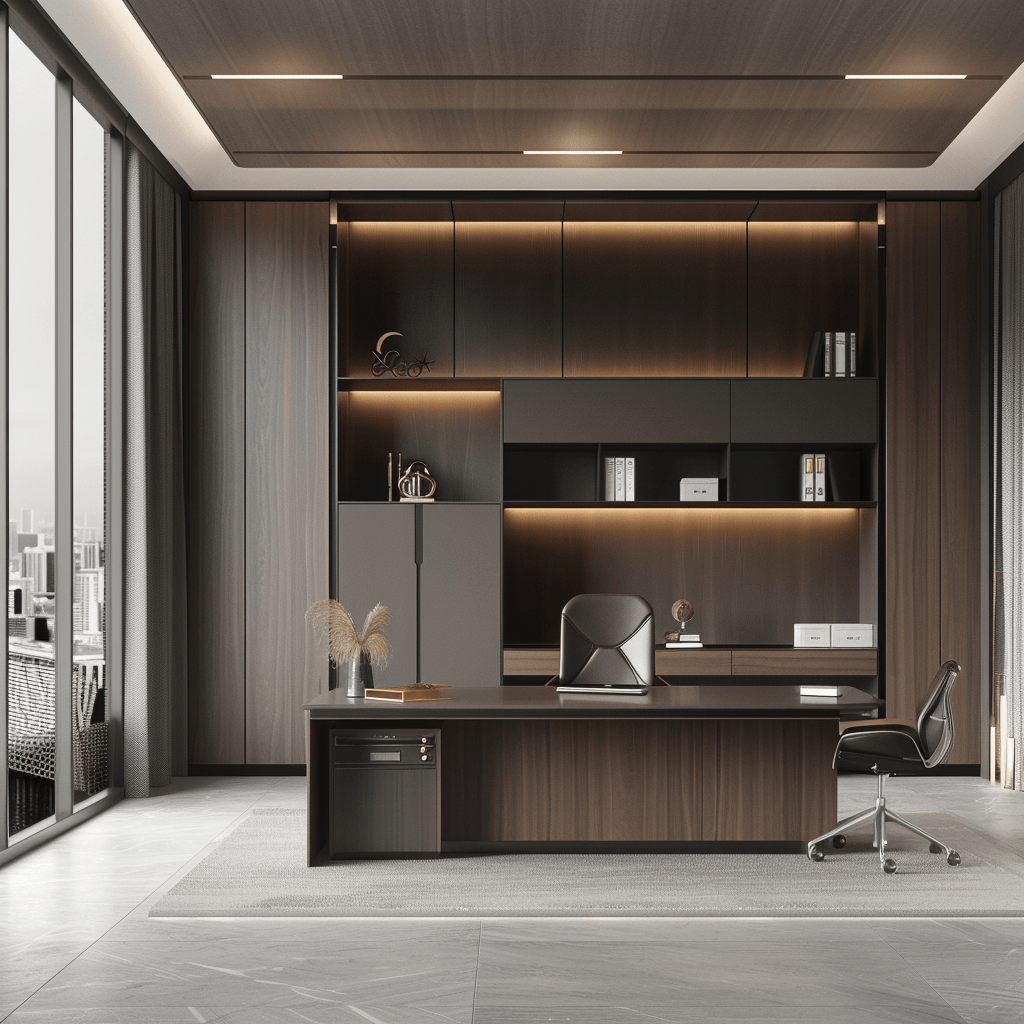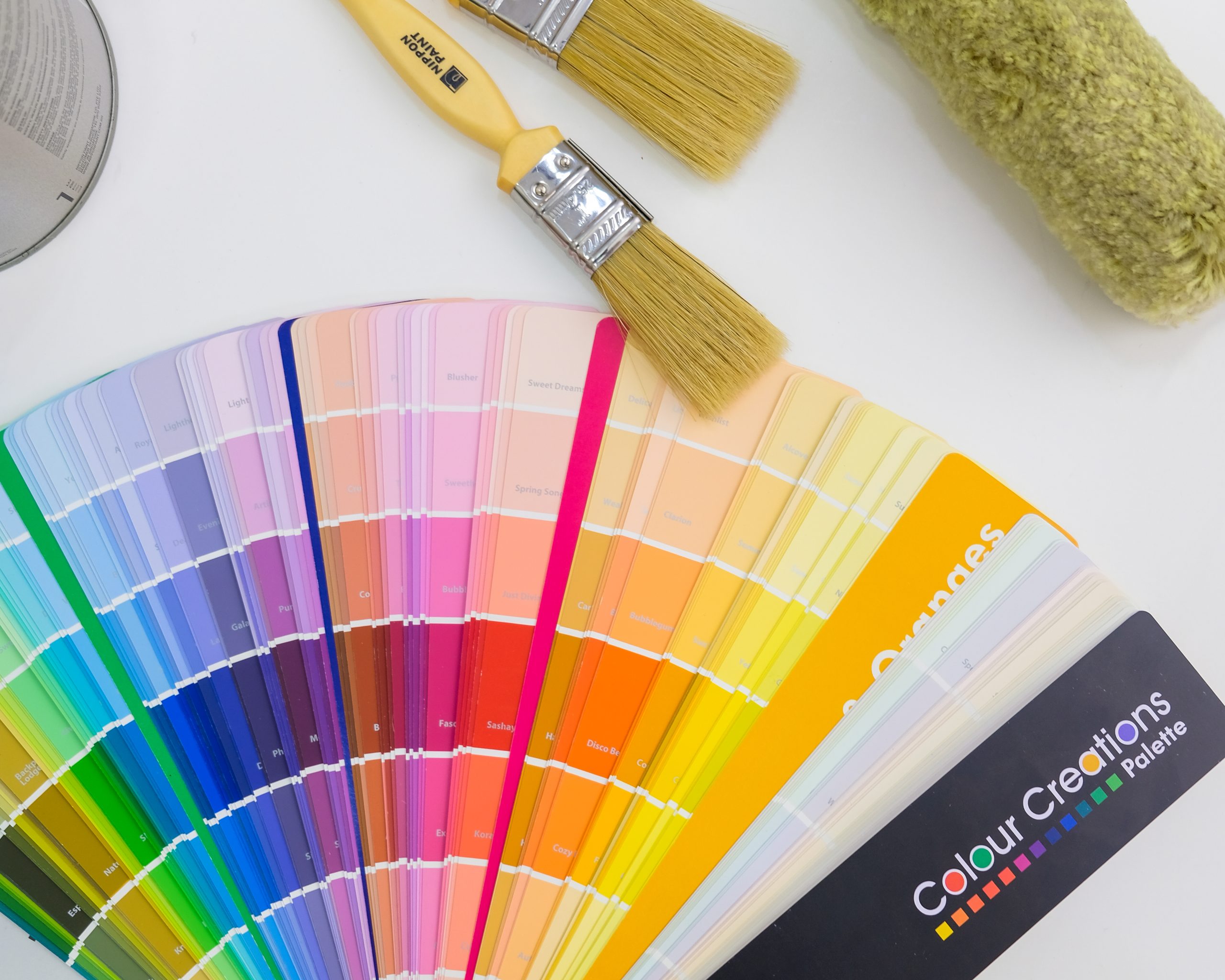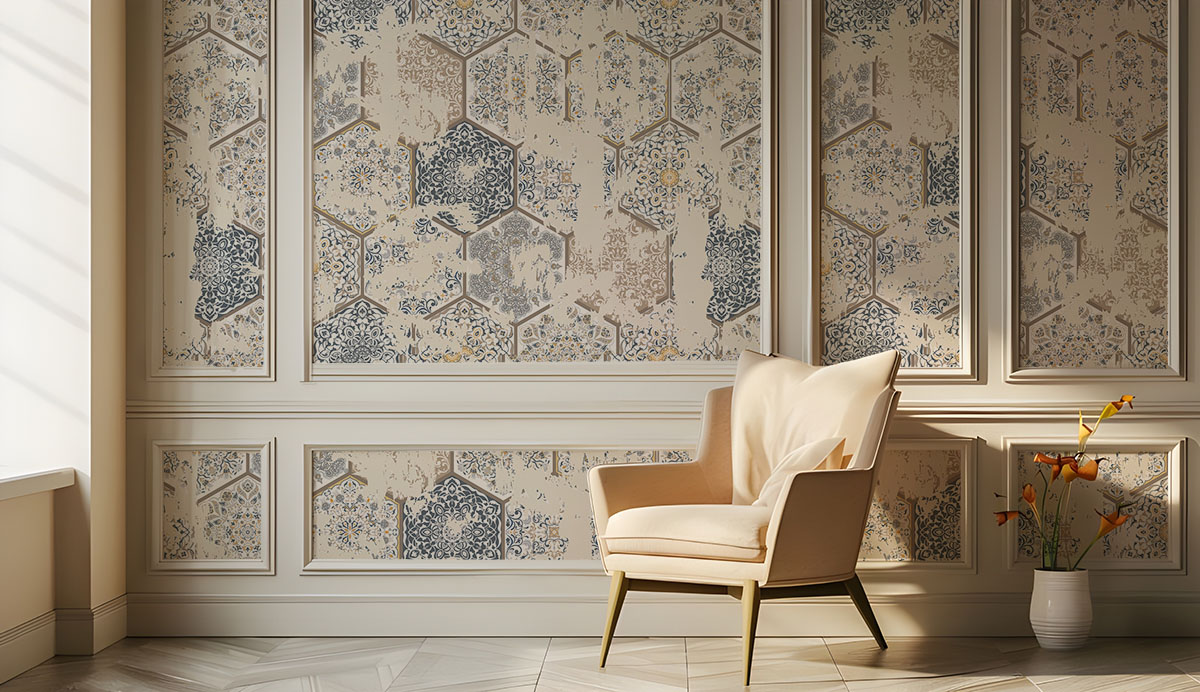Minimalism in Workspaces: How Interior Design Can Increase Productivity

Unlocking Potential Through Minimalism
In today’s fast-paced world, minimalism in workspaces has emerged as a powerful strategy to enhance productivity. The cluttered desk of the past has given way to a new era, where clean lines and simplicity take center stage. This evolution in workspace design is not merely a trend but rather a thoughtful approach to creating environments that are conducive to work.
Consider the features of a minimalist workspace:
- Natural light: Studies show that exposure to natural light can significantly enhance focus and reduce eye strain. Ensuring that workspaces are designed to maximize daylight can lead to improved mood and energy levels. Many companies, such as Google and Apple, incorporate large windows and open spaces to allow natural light to flow in, thereby promoting a vibrant workplace.
- Decluttered surfaces: A tidy workspace helps to clear the mind and improve concentration. The act of decluttering creates an environment where distractions are minimized. For instance, a desk populated with excessive items can lead to increased cognitive load, while a streamlined surface with only essential tools fosters a more focused mindset.
- Neutral color palettes: Soothing tones can reduce stress levels. Colors like soft beige, gray, and gentle blues have been found to promote calmness, which is essential in high-demand work environments. Many modern offices, including those of tech startups, opt for these palettes to create a serene atmosphere that encourages creativity and innovation.
Research shows that a well-designed minimalist space not only fosters creativity but also facilitates better time management. For example, employees working in companies that embrace minimalist design report an impressive increase in productivity levels. One study revealed that 77% of American workers believed a clean and organized workspace significantly improved their ability to finish tasks on time.
As we delve into the connection between interior design and productivity, it’s essential to explore how simplicity can be a catalyst for innovation. This minimalist approach is not only about aesthetics; it represents a fundamental shift in how we perceive our interactions with our workspaces. By eliminating excess and concentrating on functionality, professionals can create atmospheres where ideas flow freely and teams can collaborate effectively.
In conclusion, the minimalist workspace trend illustrates the profound impact of our environments on our work performance. Organizations that invest in thoughtful design strategies are likely to see significant returns in productivity, employee satisfaction, and overall workplace morale. As we continue to explore the horizons of workspace design, embracing minimalism could very well be the key to unlocking untapped potential in the workplace.

DIVE DEEPER: Click here to uncover more insights
Designing for Efficiency: The Role of Minimalism in Workspaces
As we explore the impact of minimalism in workspaces, it’s crucial to understand how design elements directly influence employee productivity and satisfaction. The modern workspace is evolving, and interior design is playing a pivotal role in shaping environments that foster focus and creativity. Here are some fundamental aspects that contribute to the productivity-enhancing qualities of minimalist design:
- Open Layouts: Open-concept offices are a hallmark of minimalist design. They encourage communication and collaboration while allowing natural movement throughout the space. This layout reduces barriers, making it easier for employees to engage with one another, share ideas, and problem-solve together. Research indicates that workplaces facilitating collaboration may lead to a 15% increase in employee productivity.
- Simplified Technology: The integration of technology in a streamlined fashion can enhance workflow without overwhelming the user. Companies that prioritize minimalist design often incorporate tech solutions that are intuitive and easy to navigate, minimizing the learning curve and allowing employees to focus on their tasks rather than struggling with complicated systems.
- Flexibility: Minimalist workspaces often feature furniture arrangements that are adaptable to various tasks. Movable desks or collaborative zones offer employees the ability to change their environment as needed. This flexibility has been shown to cater to different working styles and enhance overall job satisfaction, resulting in higher productivity levels.
- Biophilic Design: Integrating natural elements into the workspace not only aligns with minimalist design philosophy but also helps improve air quality and promote well-being. Incorporating plants, natural materials, and outdoor views connects employees with nature, reducing stress and fostering creativity. A study found that employees with access to greenery reported a 15% increase in productivity.
The implications of these design features extend beyond aesthetics, as they also reflect an organization’s commitment to enhancing employee well-being. By creating environments that are not only functional but also soothing, businesses can mitigate stressors that traditionally hinder productivity.
Another aspect of minimalist design worthy of exploration is the use of color psychology. Colors play a significant role in mood and behavior. For instance, vibrant colors might inject energy into a creative design space but can also lead to overstimulation. Conversely, minimalistic color schemes with muted tones are easier on the eyes and create a calming effect, conducive to sustained focus. Choosing the right colors, as part of an intentional design strategy, can dramatically shift the energy of a workspace.
Ultimately, understanding the interplay between interior design and productivity provides organizations with valuable insight into the importance of embracing minimalism. It is not simply the absence of clutter, but rather a deliberate choice to foster an environment that champions functionality, creativity, and happiness for its occupants.
| Advantage | Impact on Productivity |
|---|---|
| Clutter Reduction | A minimalist workspace reduces distractions, allowing for greater focus and enhanced performance. |
| Improved Aesthetics | An aesthetically pleasing environment fosters creativity and motivation, boosting overall productivity. |
| Mindfulness | Minimalism encourages a mindset conducive to mindfulness, reducing stress and enhancing decision-making abilities. |
| Functional Design | Functional furniture and layouts improve workflow efficiency, leading to quicker task completion. |
The impact of these minimalistic advantages is profound. For example, studies reveal that a clean and organized workspace can enhance concentration by up to 50%, making it easier for employees to complete their tasks swiftly. Furthermore, incorporating natural light and incorporating softer color palettes can create a calming effect, reducing stress levels amongst workers. By integrating elements of minimalism, companies not only appeal to aesthetic standards but also build a work environment that cultivates productivity. This balance ultimately leads to heightened employee satisfaction and innovation.
DISCOVER MORE: Click here to learn about the benefits of a digital detox
Elements of Minimalism That Foster Focus and Creativity
Minimalism in workspace design is not just about reducing clutter; it has deeper implications for how employees interact with their environment. Every aspect—from furniture selection to lighting—can either contribute to or detract from productivity. Here are additional factors that highlight the benefits of a minimalist approach:
- Controlled Lighting: The impact of lighting on productivity is well-documented. Natural light, often a key feature in minimalist spaces, promotes alertness and reduces fatigue. Studies show that workers with more access to natural light are 51% more productive. Moreover, the use of adjustable lighting options allows employees to tailor their environment, creating an optimal workspace that suits their specific tasks and personal preferences.
- Decluttered Workstations: Minimalism emphasizes simplicity, which is crucial in workspace design. A simple, organized workstation reduces distractions and cognitive load. Digital decluttering—such as organized desktop files and streamlined folders—also plays a vital role. Employees who maintain organized digital spaces are 50% more likely to meet deadlines, showcasing the effectiveness of a defined and structured approach to both physical and digital environments.
- Smart Storage Solutions: In a minimalist workspace, the use of hidden or unobtrusive storage solutions can eliminate visual clutter while still providing employees with adequate space to store essential items. Under-desk storage options or wall-mounted organizers help maintain a clean aesthetic, allowing workers to have only what they need at their fingertips. This organization system minimizes the urge to hoard unnecessary items, which can lead to distraction.
- Simplicity in Décor: While personal touches are important, maintaining a level of simplicity in décor prevents overwhelming employees. A few carefully chosen pieces of art or personal items can enrich the workspace without detracting from its functionality. Furthermore, research suggests that a visually satisfying and harmonious environment can lead to increased concentration and creativity—two critical components for productivity.
Implementing these minimalist strategies does not merely optimize the physical workspace; it can also invigorate company culture. By prioritizing a clean and intentional environment, companies signal that they value productivity and well-being. This can cultivate a sense of belonging and pride among employees, motivating them to invest in their work.
Another significant aspect of minimalism is the emphasis on sound management. Noise pollution can severely impact focus and cognitive function. Minimalist design often integrates sound-absorbing materials, such as carpets and acoustic panels, which contribute to a quieter workspace. By controlling sound levels, companies can create a more conducive environment for tasks requiring deep concentration, resulting in noticeable gains in productivity.
Further, the integration of wellness areas, such as small relaxation zones or meditation spaces, can significantly ramp up the positive impacts of a minimalist office. These areas are designed to provide employees with a respite from daily stressors, encouraging breaks that help reset the mind. Organizations that prioritize mental health through well-designed spaces tend to experience lower turnover rates, reduced absenteeism, and increased employee satisfaction.
As businesses navigate the ever-changing work landscape, the push toward minimalist design is becoming an integral part of their strategy for success. By recognizing and implementing these facets of minimalist interior design, organizations can create environments that are not only aesthetically pleasing but also tailored to enhance productivity and support employee well-being.
DIVE DEEPER: Click here to learn more
Conclusion
In a rapidly evolving corporate landscape, adopting minimalism in workspaces has emerged as a pivotal strategy for enhancing productivity and employee satisfaction. By embracing a design philosophy that prioritizes simplicity, companies can create environments that foster both focus and creativity. From the careful selection of lighting and the organization of workstations to the implementation of smart storage solutions and the curtailing of unnecessary décor, each element contributes significantly to a streamlined workflow.
Research underscores the profound effect of these design choices, with employees benefiting from increased natural light and a reduction in cognitive overload. Furthermore, the integration of sound management practices can bolster concentration, ensuring that workers remain engaged and productive throughout the day. In addition, creating dedicated wellness areas provides much-needed breaks, promoting mental health and overall well-being.
Ultimately, minimalism in workspace design is not merely an aesthetic choice; it serves as a catalyst for cultivating a productive and positive organizational culture. As companies recognize the potential of these environments to enhance performance, they will not only attract top talent but also retain a motivated and committed workforce. For businesses looking to thrive in the competitive arena, investing in minimalism is not just an option; it is a necessary evolution. As you explore this transformative approach, consider how your workspace can reflect the principles of minimalism while driving productivity and innovation to new heights.


